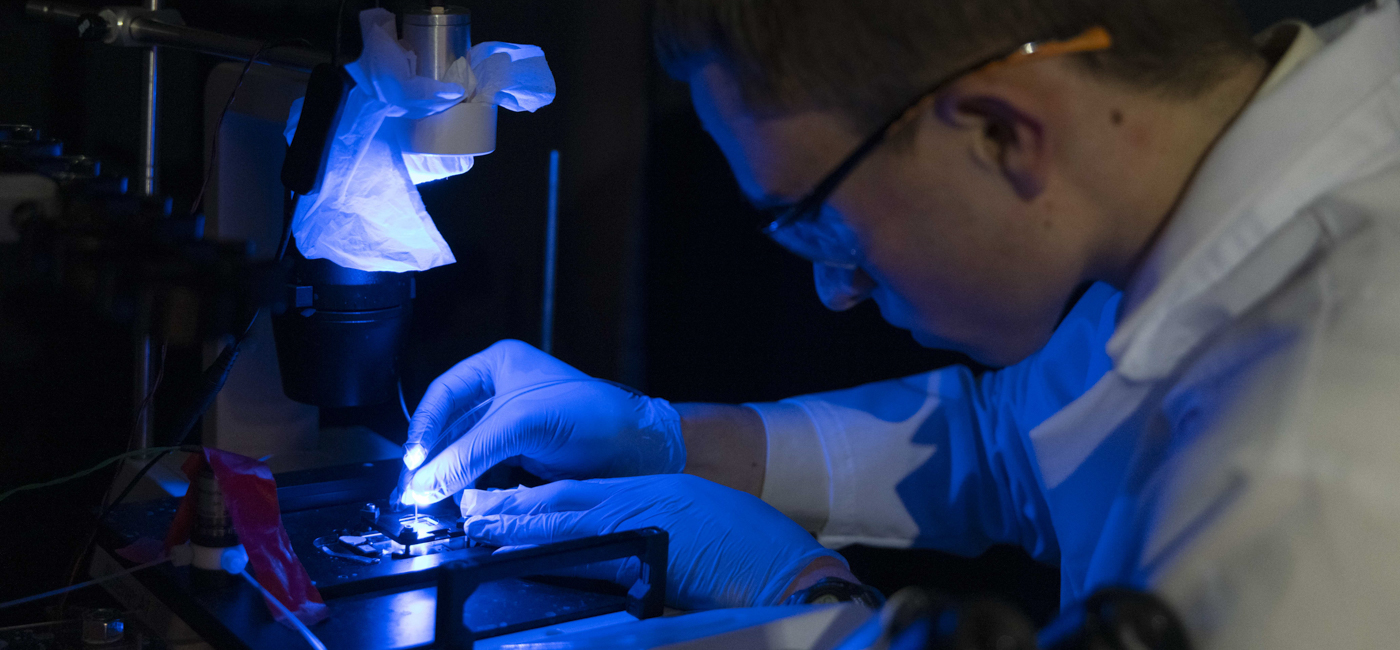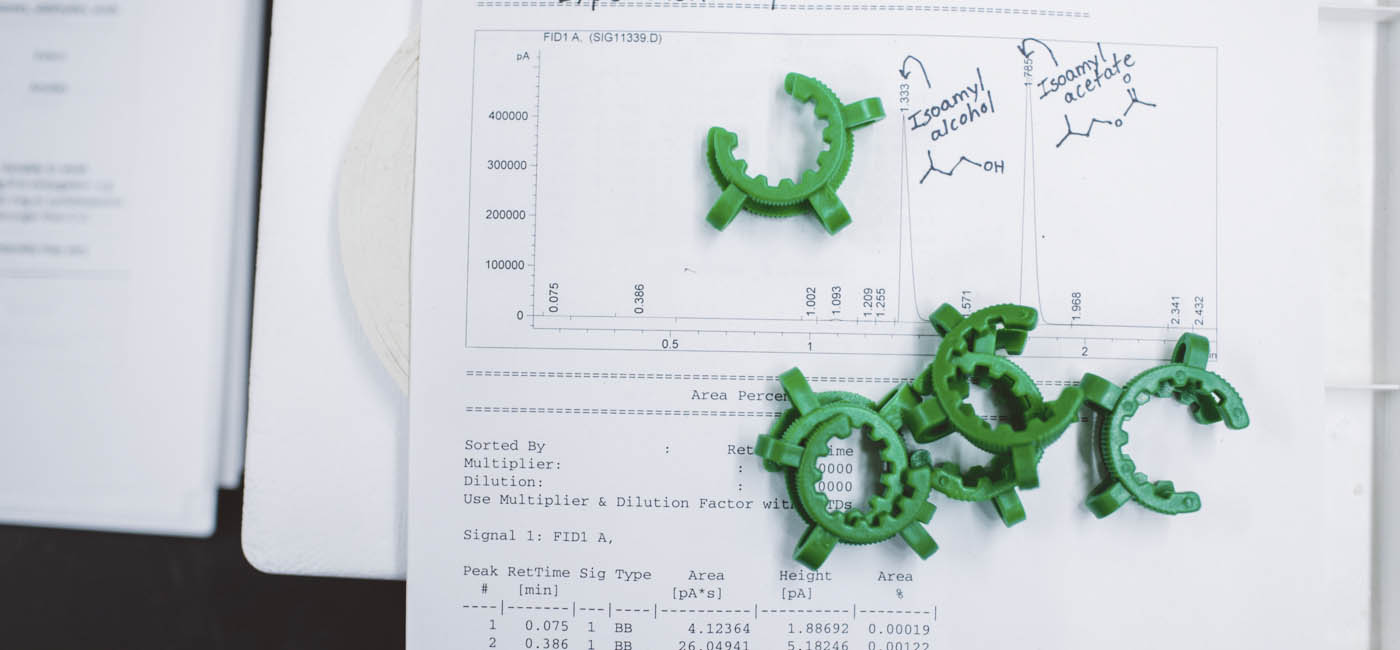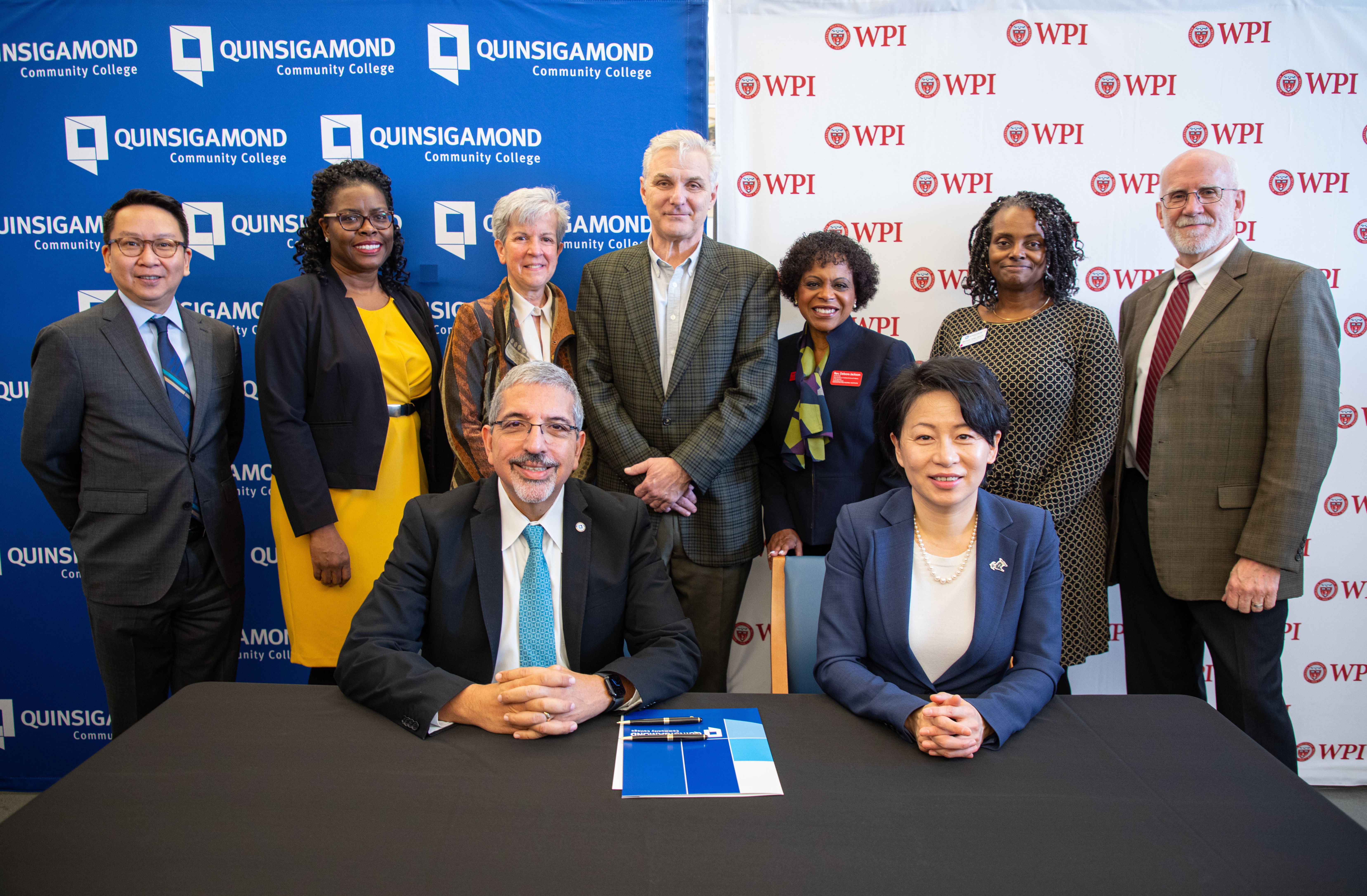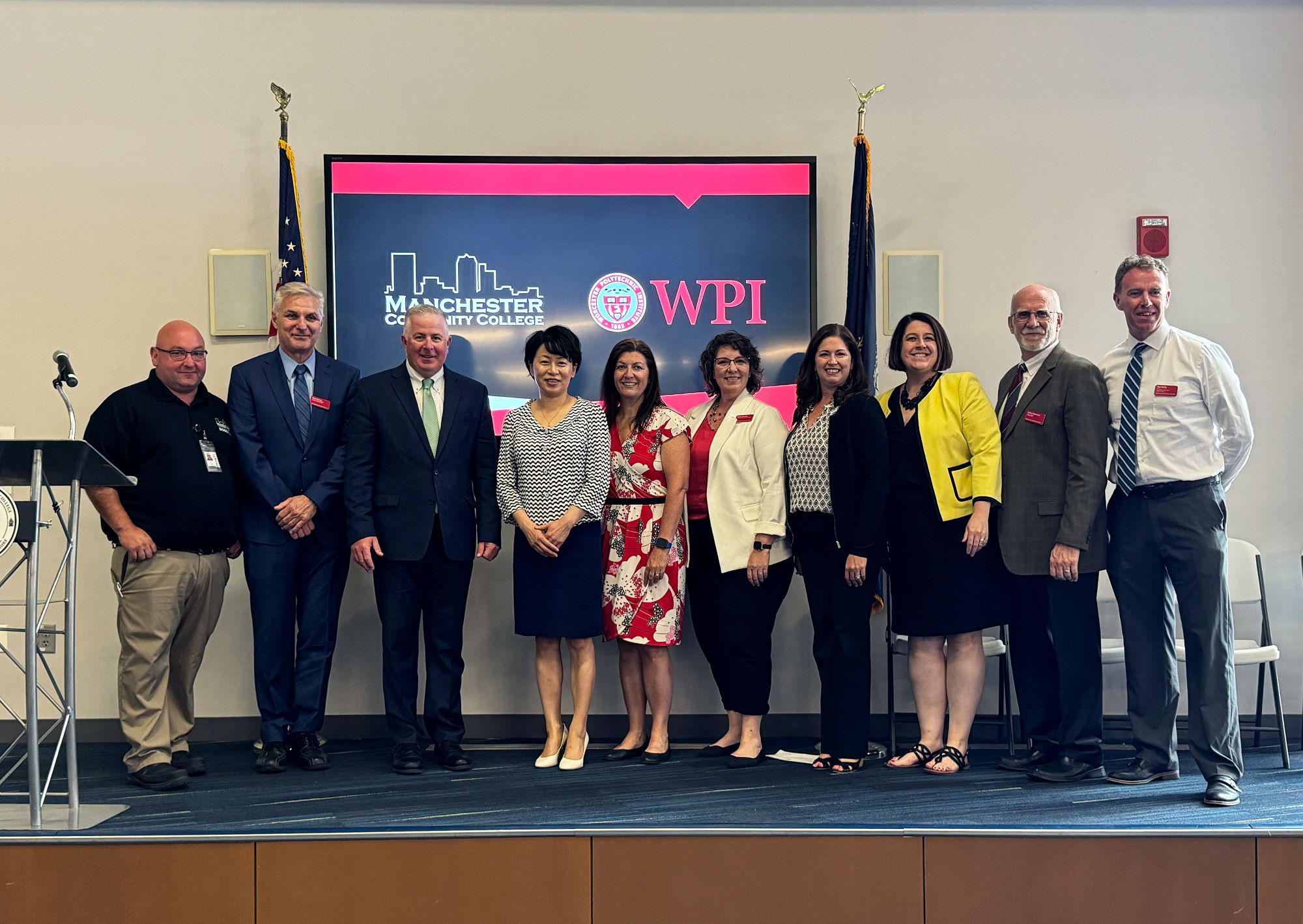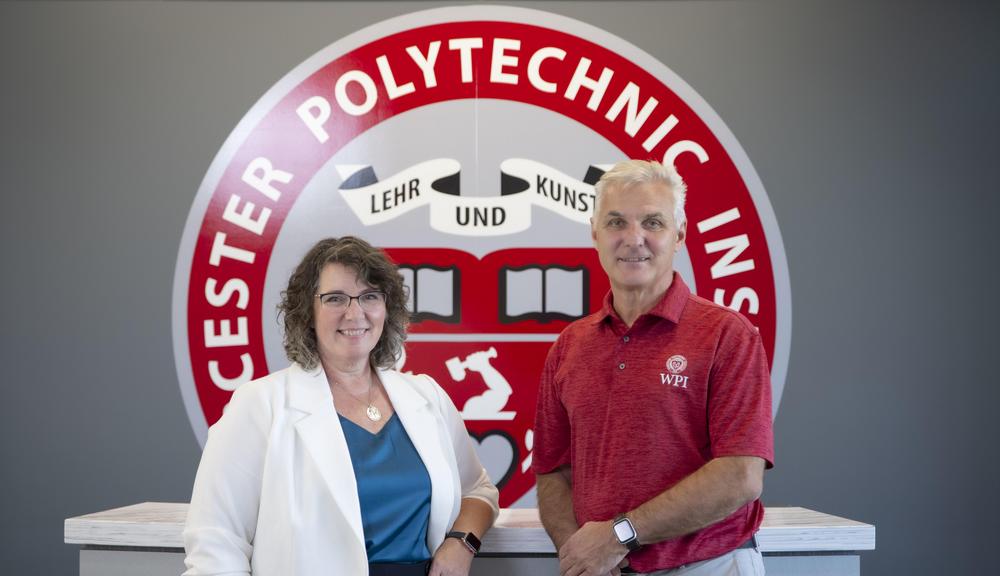College is an exciting time for everyone, but it can also be nerve-wracking, and for transfer students, the process of switching schools can add a few more concerns to the mix.
Will my credits transfer to my new school?
Will I still be able to graduate on time?
Am I ready for this?
It’s easy to get overwhelmed, but an articulation agreement between WPI and Quinsigamond Community College takes an important step in quelling those fears. Established in 1989, the articulation agreement offers a built-in framework of what courses students interested in transferring to WPI should be taking over the course of two years to prepare themselves for the process.
“It’s reassuring to students, and that’s exactly why we do it,” says director of recruitment partnerships Julie Chapman.
Tracks are available in engineering, biomedical engineering, computer science, chemistry, biochemistry, and environmental and sustainability studies. Additional partnerships are being discussed for interactive media and game development and business. Interested QCC students must be in good academic and disciplinary standing and be earning a GPA of 3.3 or higher to be eligible. At least a dozen out of the 30 to 40 transfers each year come from QCC, and Chapman describes them as consistently some of the most successful students they work with each year.
“This is already a super welcoming, supportive environment," she says, "and we’re putting our best foot forward to make sure transfer students are comfortable jumping into the WPI Plan and the WPI community, and hitting the ground running.”
